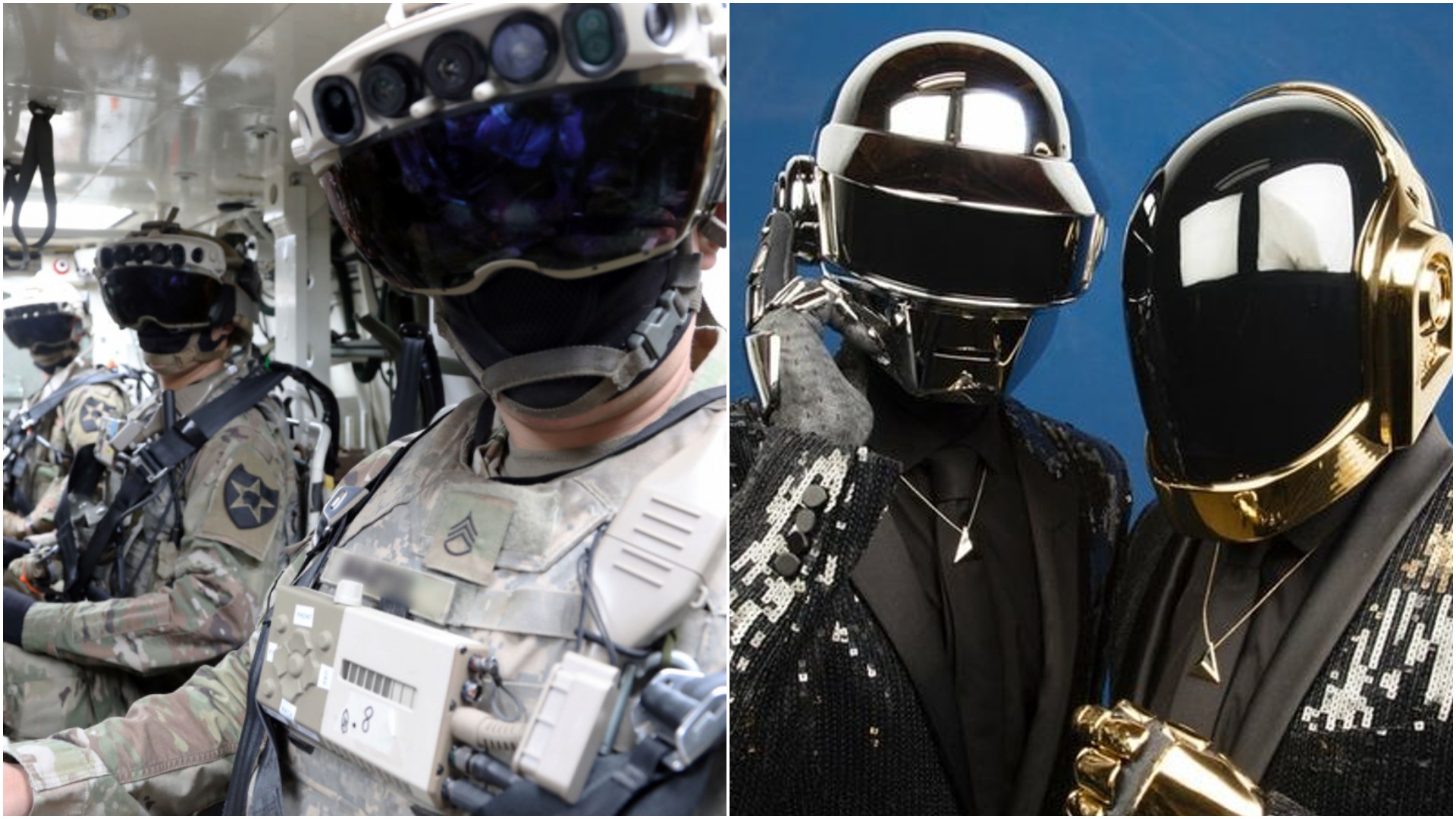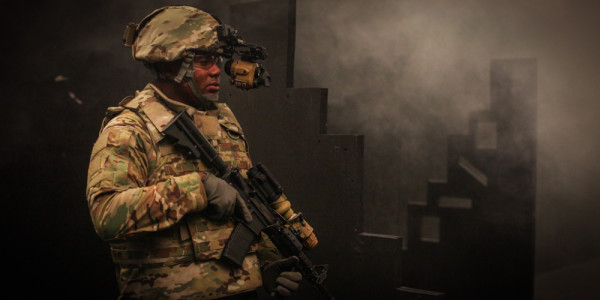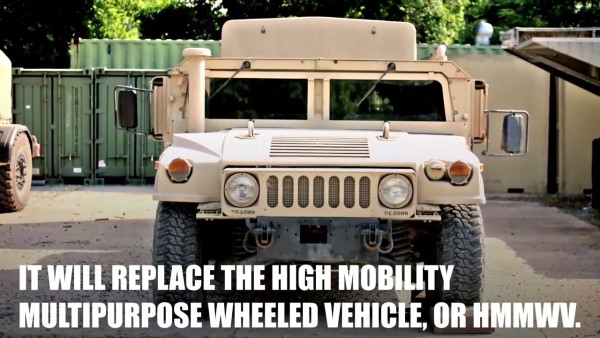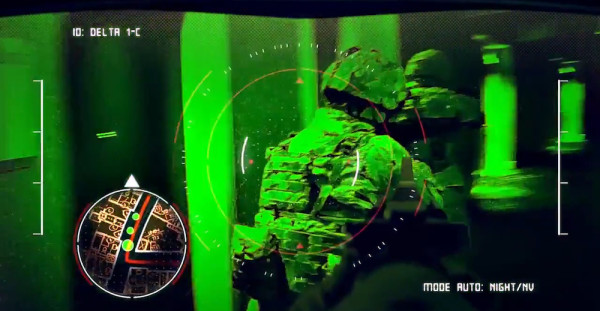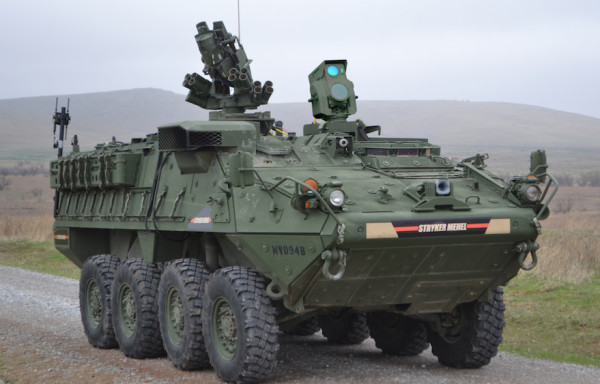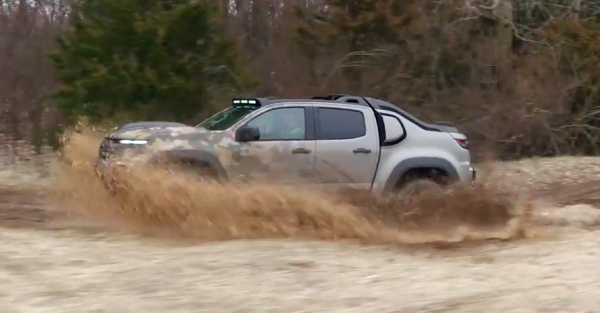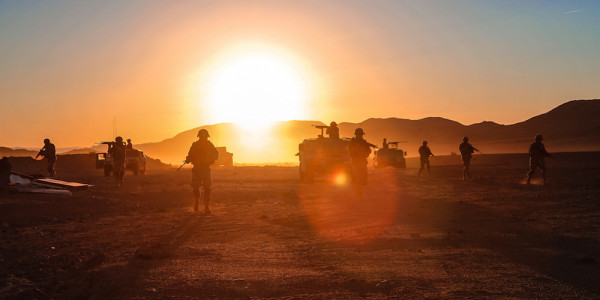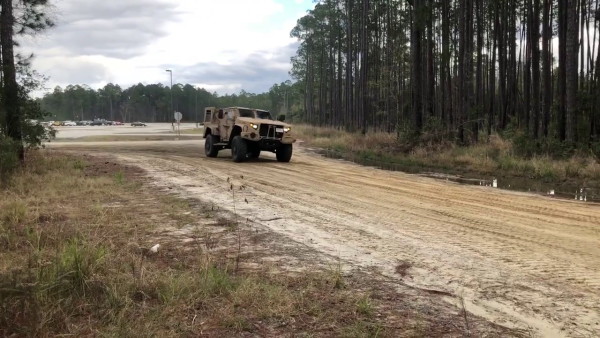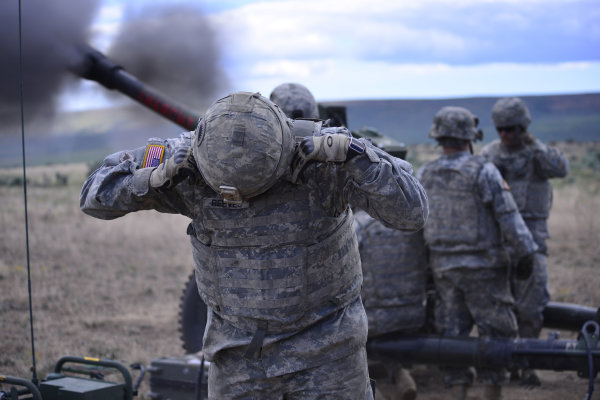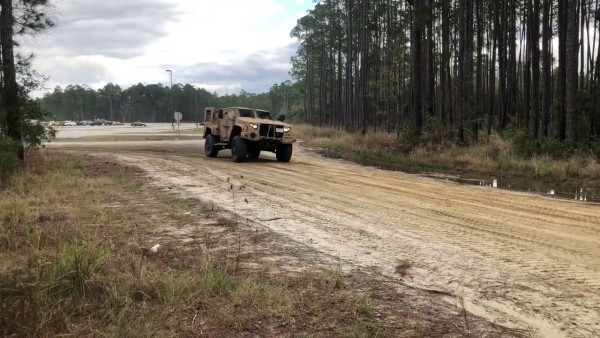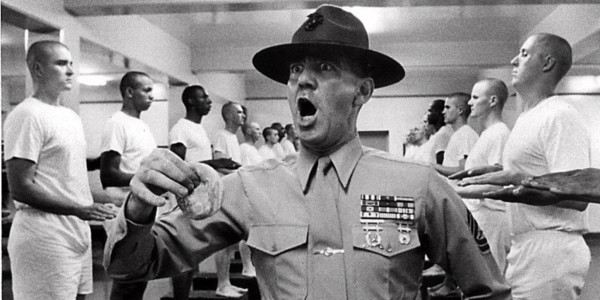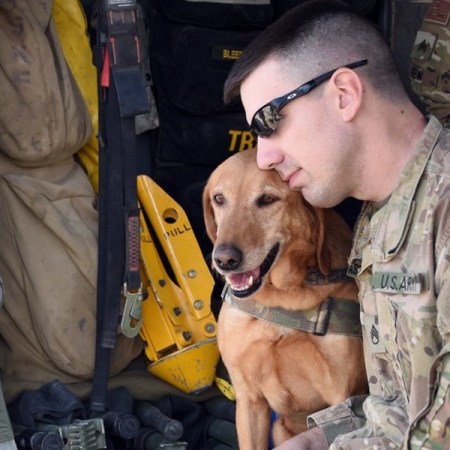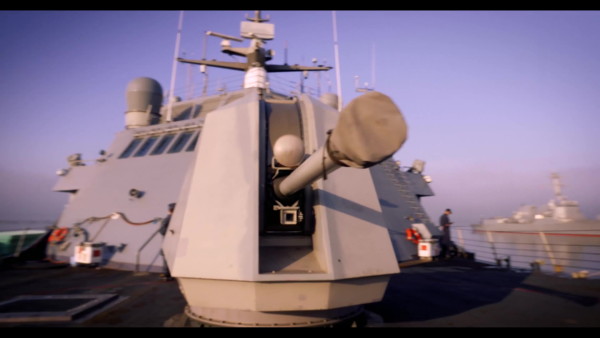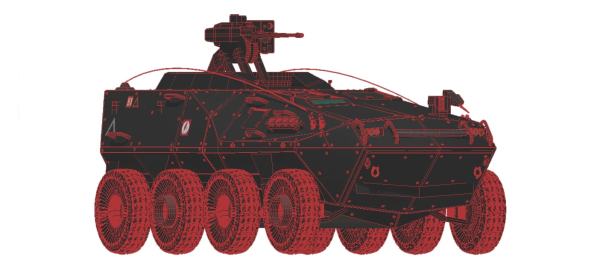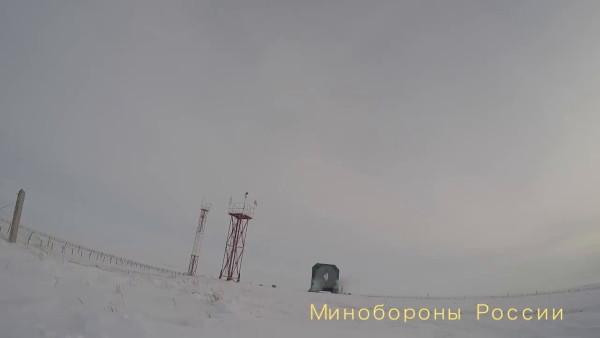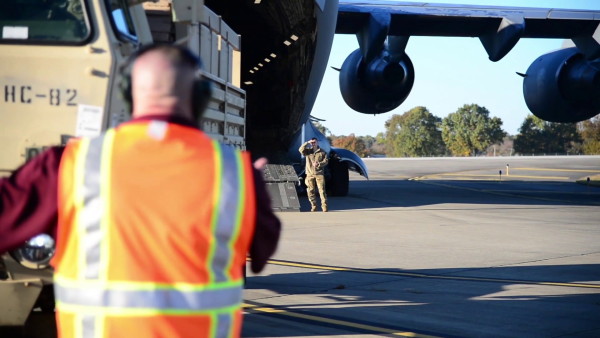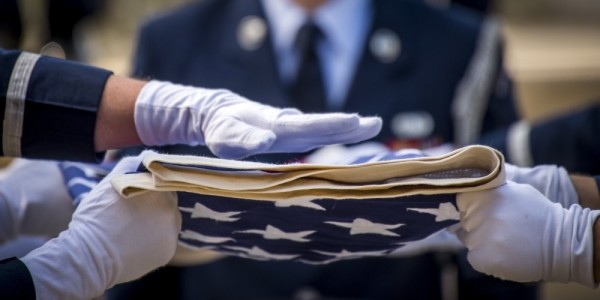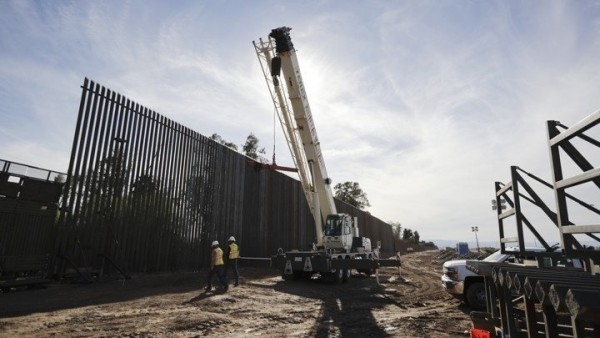The Army is definitely putting the ‘Tron’ in Army Strong with a set of new infantry goggles that make its wearers look like disciples of the French electronica group Daft Punk. Except instead of dropping synthpop tracks and psychedelic light shows, these goggles are supposed to allow soldiers to go harder, better, faster, and stronger by maintaining better situational awareness on the modern battlefield.
In particular, tests conducted last month at Joint Base Lewis-McCord, Washington by soldiers with the 3rd Infantry Division and the 1-2 Stryker Brigade Combat Team shows that the Integrated Visual Augmentation System (IVAS) could make popping out of a cramped Stryker or Bradley infantry fighting vehicle into the middle of a hectic combat zone a lot less disorienting.
“I struggled when I was a squad leader getting out of the bay not knowing where I was because we get dropped at different spots in the op order,” said Sgt. John Martin, a Bradley Master Gunner from 3rd Infantry Division, in a recent press release. “Not having information on the ground was definitely a challenge that tripped us up.”

In the past, soldiers in the back had to ask the vehicle crew what was going on outside, or they had a single screen to toggle between cameras mounted at the driver’s, gunner’s and commander’s seats and through periscopes elsewhere on the vehicle. IVAS allows all the soldiers to tune into those cameras and sensors so that they can effectively see through the vehicle’s armor to the battlefield beyond, as if they were riding in an invisible car. Now that’s the kind of Technologic we need.
“The dismounts in the back … can seamlessly work with the crew because everyone can see around the vehicle without actually having to step outside of it,” Martin said. “It has countless uses like land navigation, being able to track things while on the battlefield, moving through urban complexes, moving through open terrain, it’s insane.”
You know what else is insane? Daft Punk’s 2007 “Alive” show. And just like how that album changed the way I got psyched for cross-country races, so too could IVAS change the way mounted grunts do their much-more-dangerous jobs.
“This changes how we operate honestly,” said Sgt. Philip Bartel with 1-2 SBCT. “Now guys aren’t hanging out of vehicles in dangerous situations trying to get views on what’s going on … Maneuvering elements with that kind of information will minimize casualties and will overall drastically change how we operate and increase our effectiveness on the battlefield.”

The system is also making a splash outside of mounted units. Last year, Marines and soldiers from the 82nd Airborne Division tested it out at Fort Pickett, Va. The IVAS allowed them to look through thermal and low-light sensors, identify targets, check out real-time maps, and call in fire support all without taking their eyes off the battlefield.
Though it’s not clear when or if Daft Punk will release a new album, the Army plans to get IVAS on soldiers’ faces very soon. According to the press release, the Army hopes for an operational test this July. The Army also said last year that it plans to field more than 40,000 goggles sometime in the fourth quarter of the 2021 fiscal year, which is from July to September. Soldiers were pumped to get them soon. One could say they had an Instant Crush.
“This is something that none of us imaged we would see in our careers,” Martin said. “It’s futuristic technology that we’ve all talked about and seen in movies and video games, but it’s something that we never imagined we would have the chance to fight with. It’s definitely technology that we are really excited to use as soon as they can get it to us.”
Related: The Air Force is developing spray-on tech to make you heal like Wolverine

